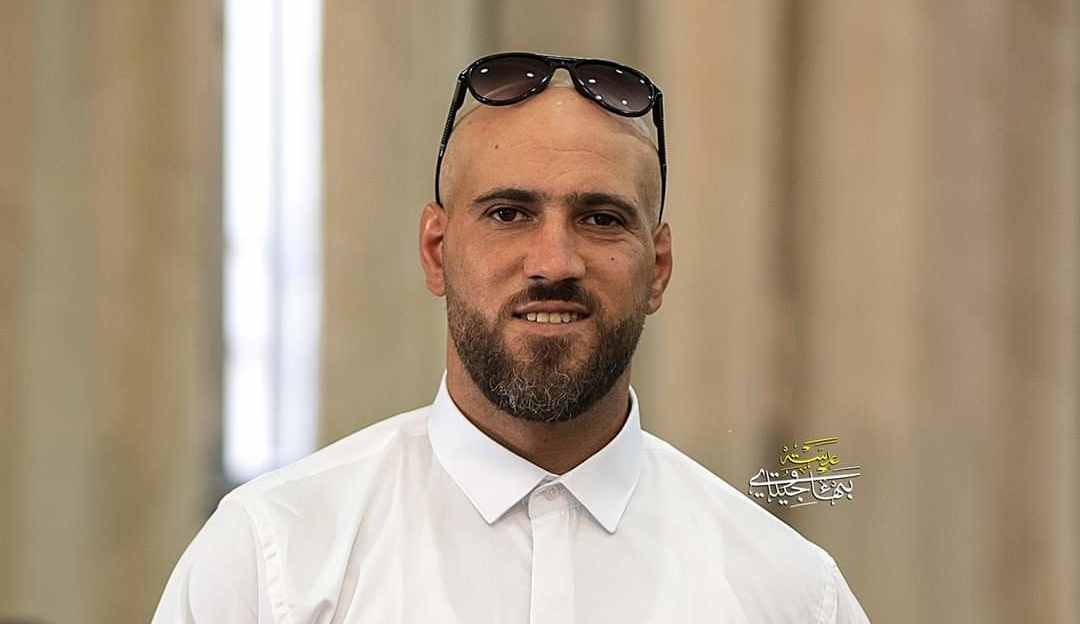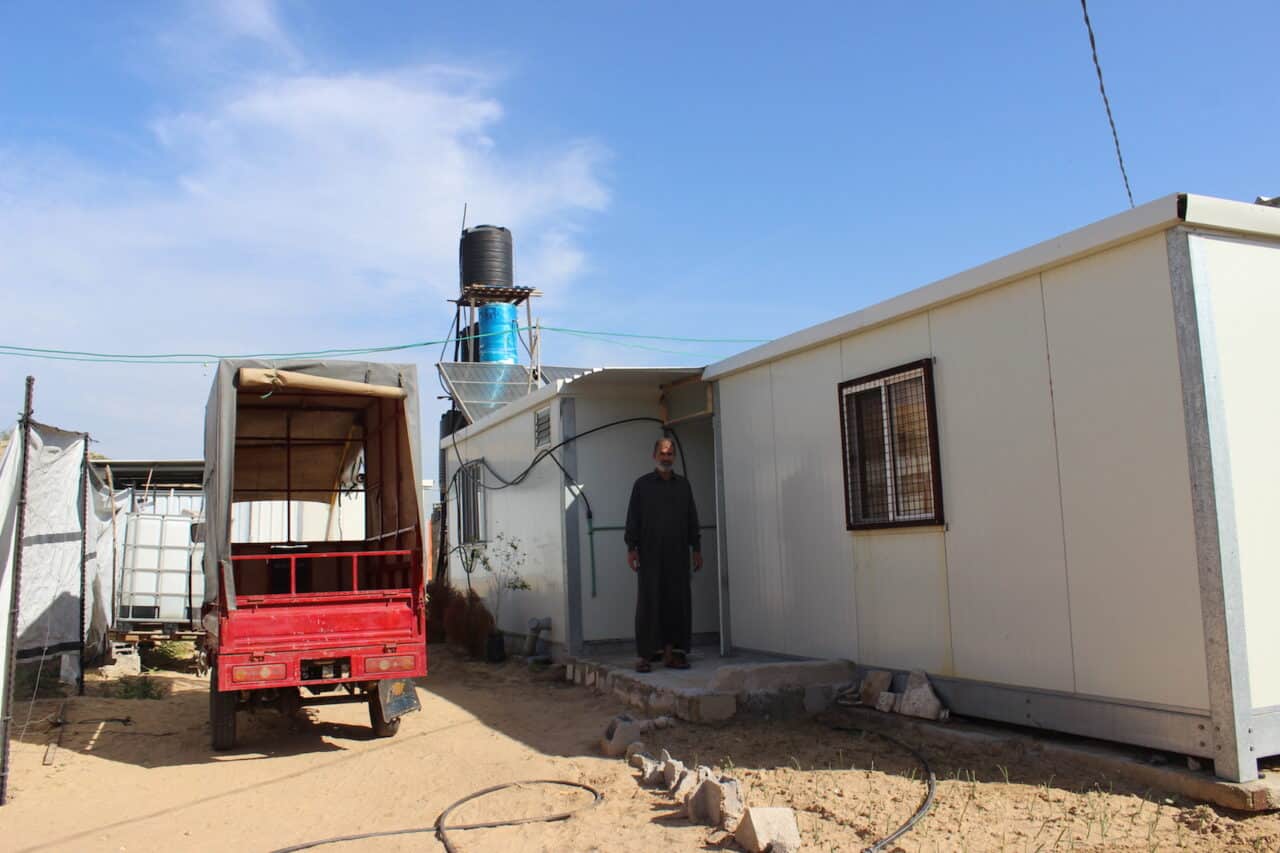Tag: Refugees
-
A visit to the houses of the martyrs in Nur al-Shams
Solidarity visit to the Nur Shams camp, following the deaths of Abdulrahman Abu Daghash and Oseed Farhan Abu Ali, killed by indiscriminate Israeli Occupation Forces shooting during the raid on Sunday 24th September. It’s hot, it’s the third day of mourning. There is a constant flow of visitors in the home of Abdulrahman Abu Daghash.…
-
The ‘Beautiful Resistance’ of Aida Camp – “People cannot tolerate injustice for eternity”
Tucked within the antiquated corridors of the municipality of Bethlehem, there lies Aida Camp, established 1950. The densely populated cement structures, thinly outlined by narrow passageways, are a living summation of the occupation of Palestine itself. Scraping elbows with the massive checkpoint pathway between Bethlehem and Jerusalem, hedged by the West Bank apartheid separation wall…
-
Palestinian refugees fleeing Syria seek home in Gaza
February 11, 2016| International Solidarity Movement, Gaza team | Khan Younis, Gaza strip, occupied Palestine Palestinian refugee Heesham Ahmed El Khoranin and his family have already survived 2 Israeli assaults against the Gaza Strip since he returned after fleeing from Syria in 2011. Heesham grandparents were born in Masmiya, 42km north of Gaza, one of…



